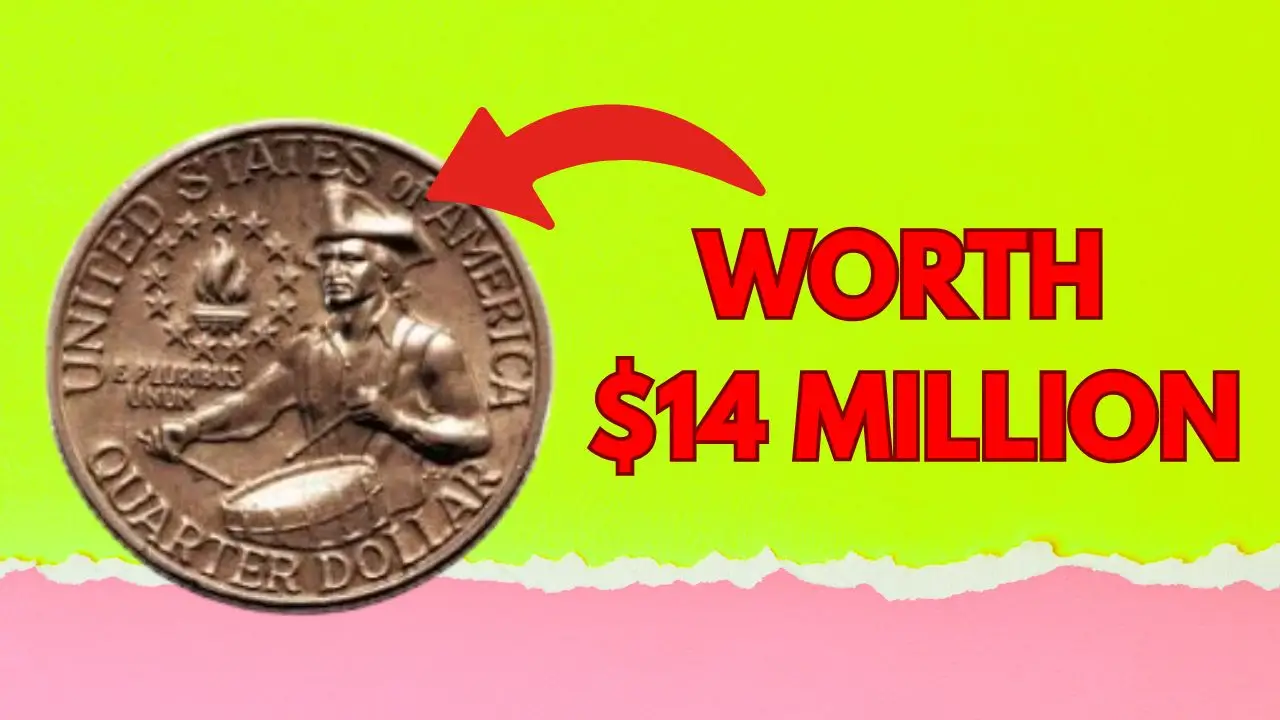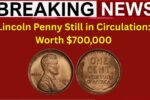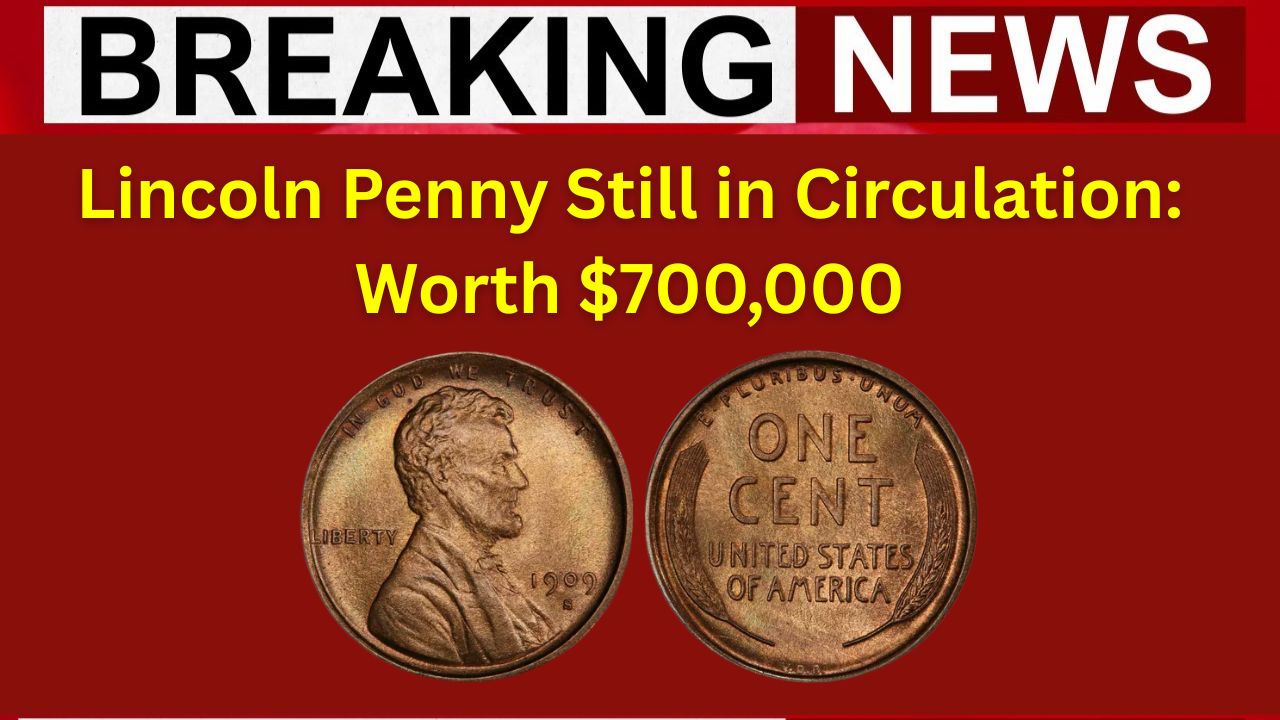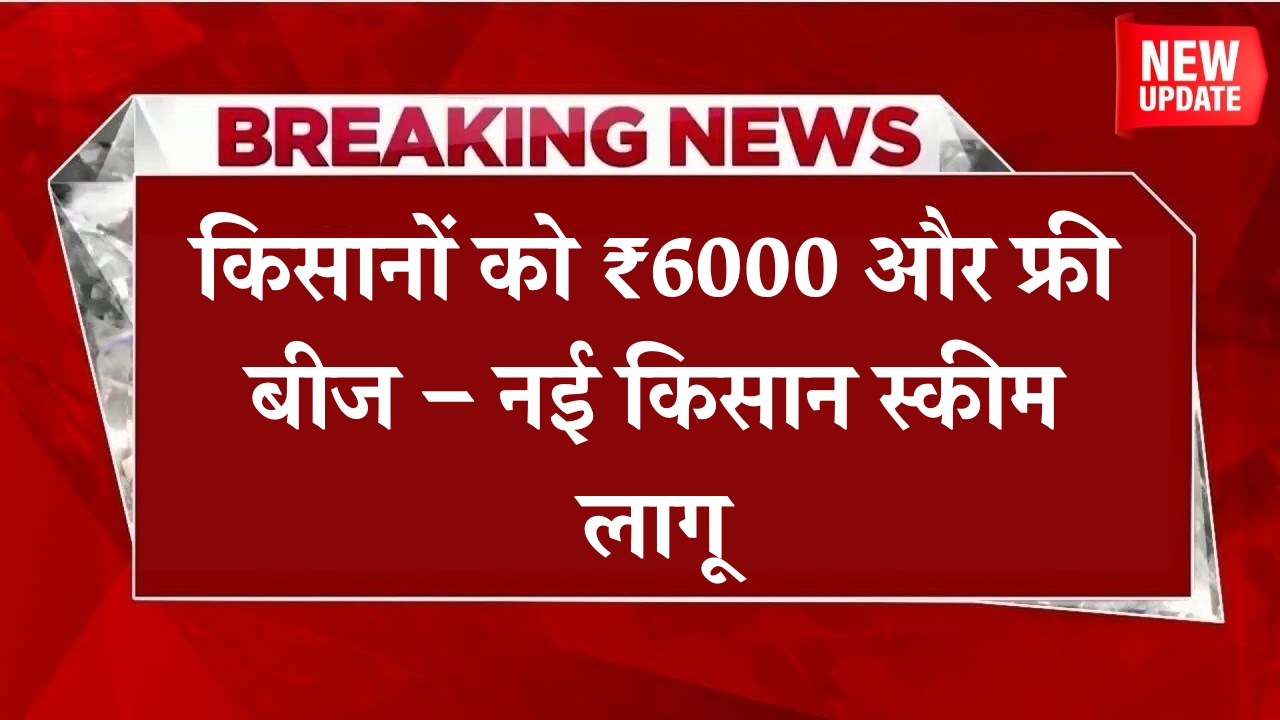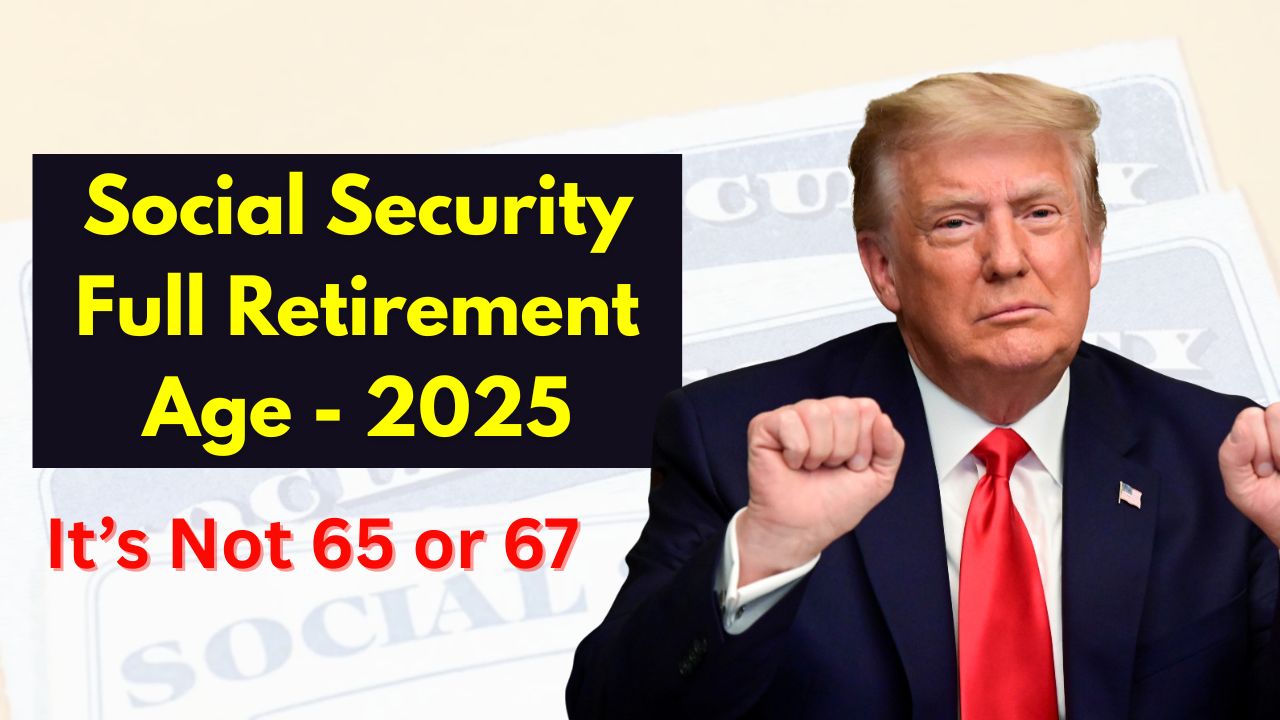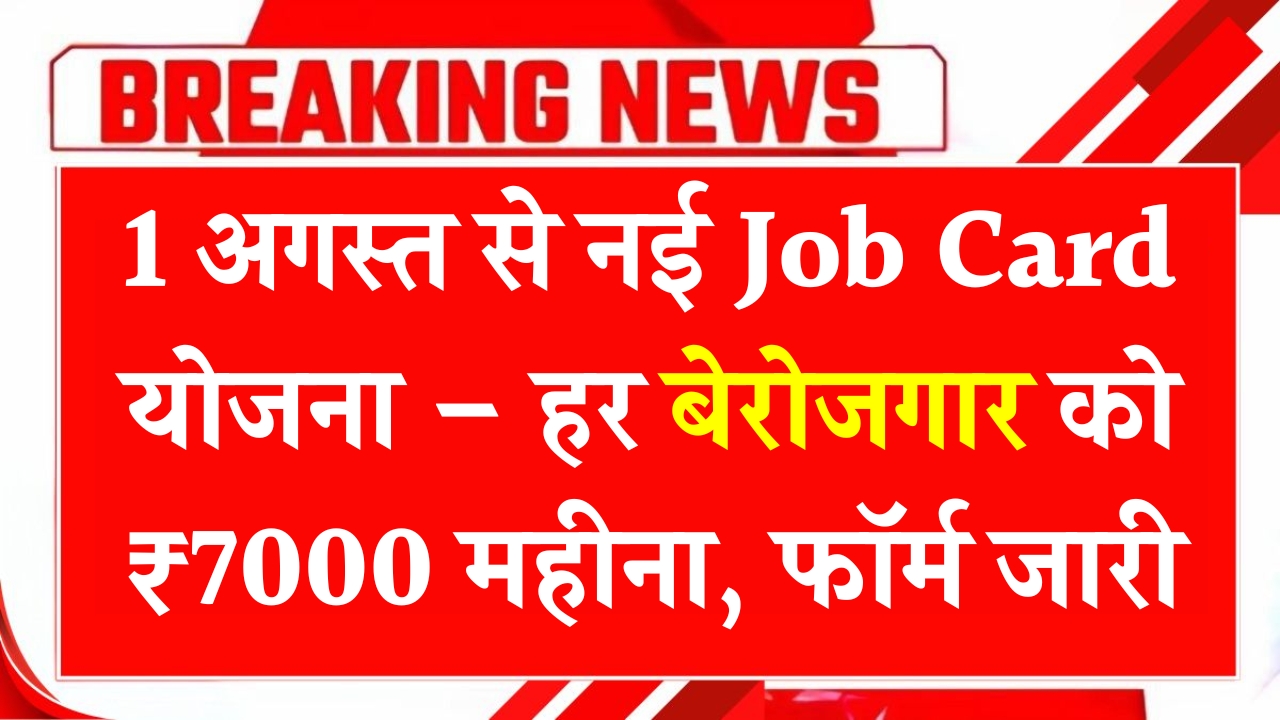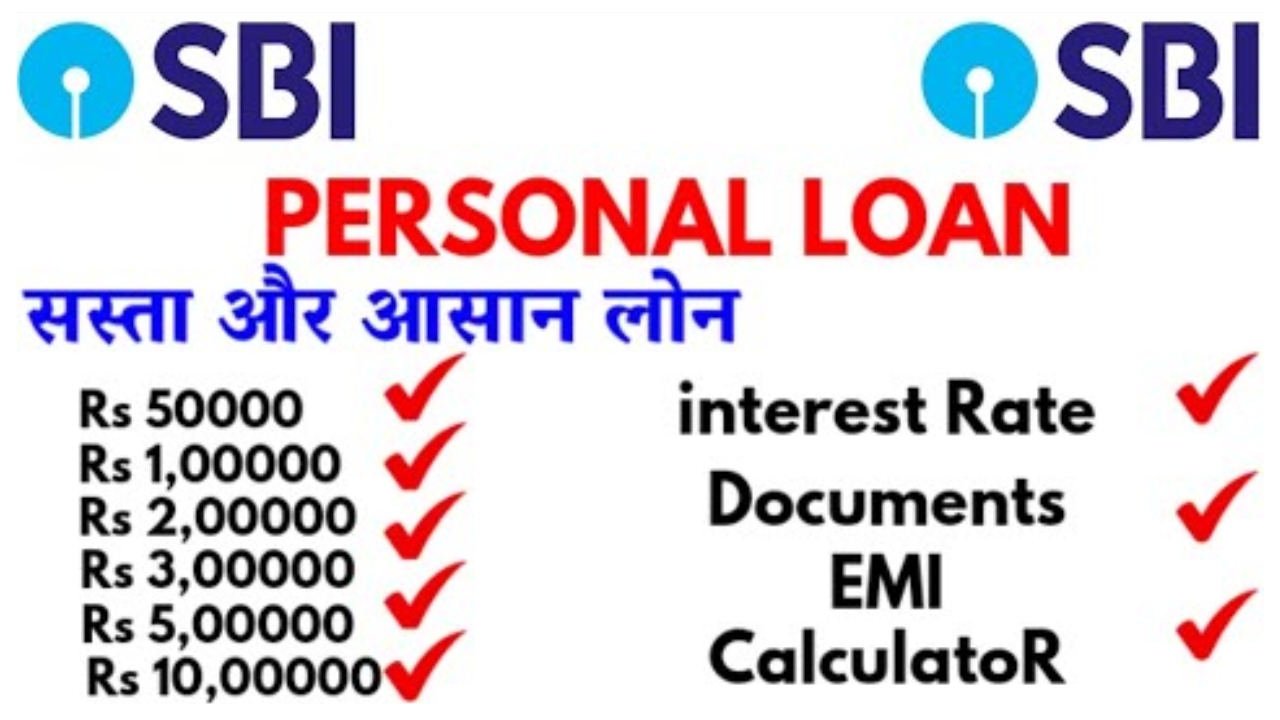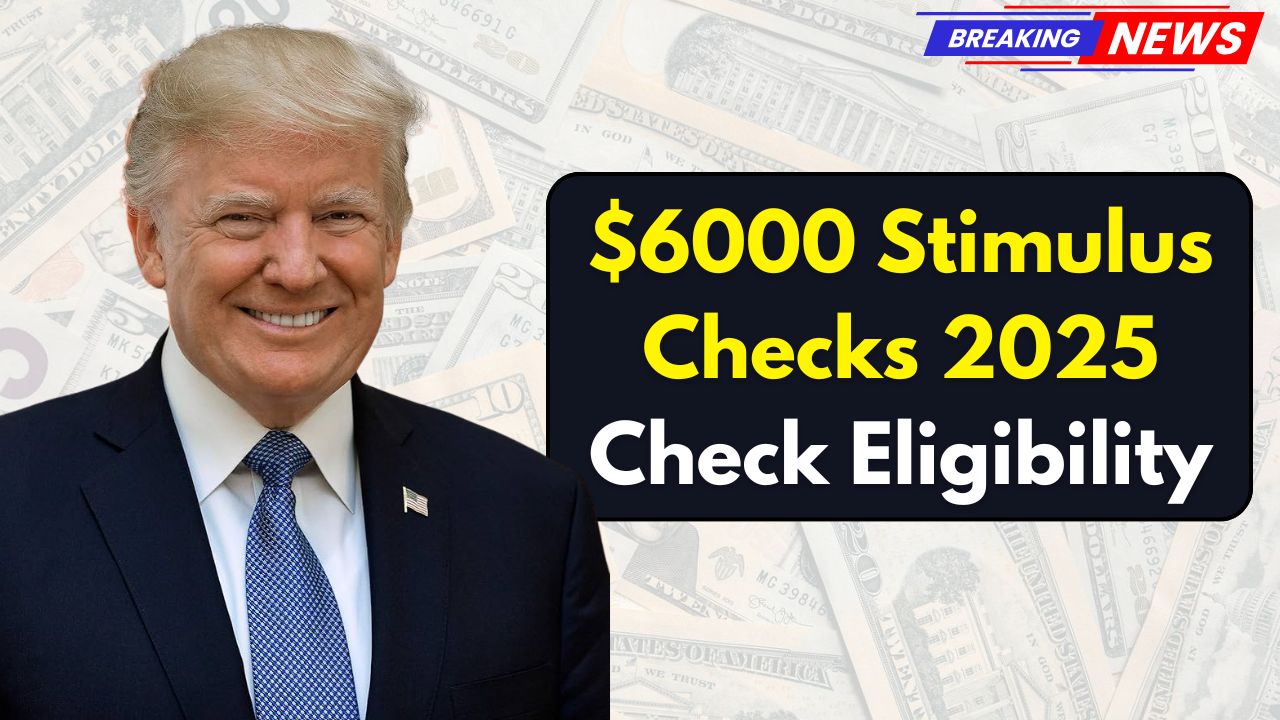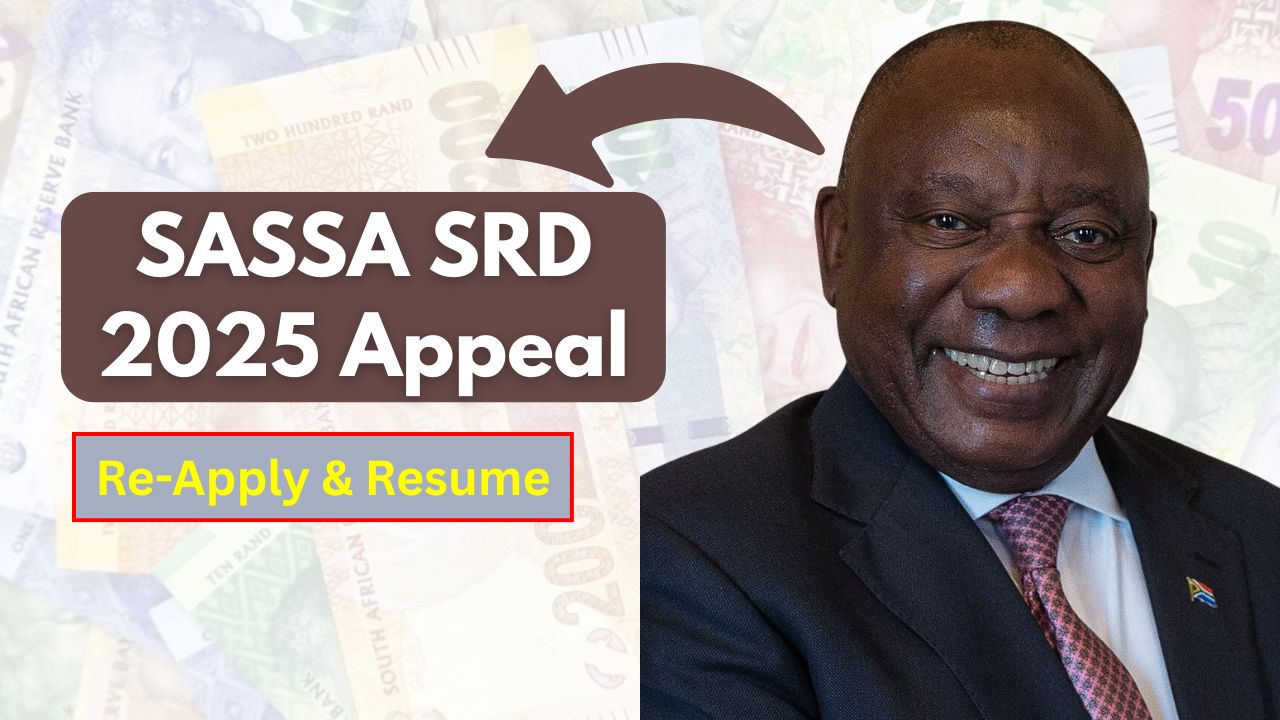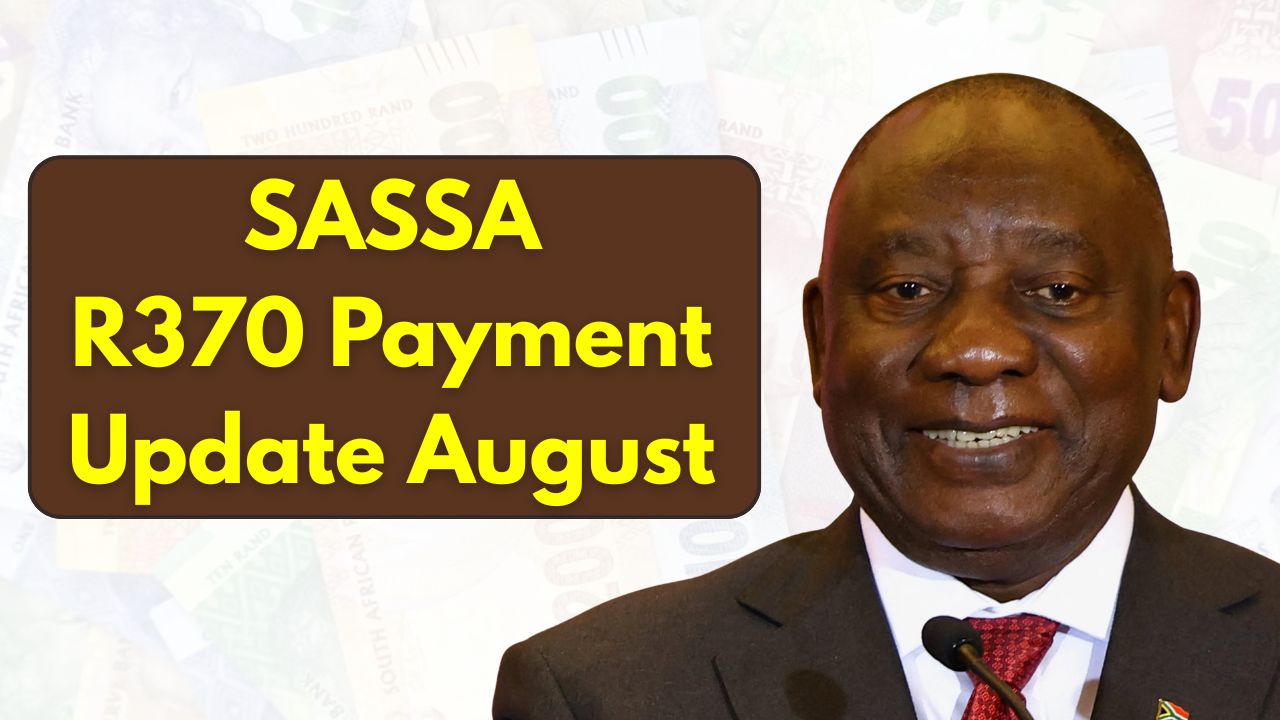Rare Bicentennial Quarter Worth $14 Million: Imagine finding spare change in your pocket—only to discover that it could be worth a fortune. The story of the so-called rare Bicentennial quarter valued at as much as $14 million has sparked excitement among coin collectors and casual treasure hunters alike.
But how much truth is there to these stories, and could you really have a hidden gem in your coin jar? Here, we break down the myths, facts, and real values behind the elusive 1776–1976 Bicentennial quarter.
The History of the Bicentennial Quarter
The United States Bicentennial quarter was introduced in 1975 and 1976 to commemorate 200 years of American independence. Unlike standard quarters, the Bicentennial issue features a unique reverse design by Jack L. Ahr, displaying a Colonial drummer and a torch encircled by 13 stars—symbolizing the original American colonies.
The obverse side retains George Washington’s portrait but with dual dates “1776–1976” instead of a single year. Over 1.6 billion of these quarters were struck by the U.S. Mint, making them among the most recognizable commemorative coins ever issued.
Why All the Hype? The “$14 Million Bicentennial Quarter” Myth
Rumors swirl online about rare Bicentennial quarters worth millions, with some sources inflating the value to as much as $11 million, $14 million, or even higher. However, no verified auction or numismatic expert has ever authenticated a Bicentennial quarter sell for anywhere close to that figure.
At present, the highest actual auction records are for pristine, mint-state examples or rare error coins—none exceeding $20,000. The legend of a $14 million quarter is likely an internet myth rather than an authenticated event.
What Really Determines Value?
Bicentennial quarters can be worth more than face value, especially if you have one of these types:
- Proof and Silver Versions: Some were minted from 40% silver and marked with an “S” from the San Francisco Mint. These are generally collector’s editions.
- Error Coins: Quarters struck on the wrong metal planchet, doubled dies, or off-center strikes are rare and highly sought-after.
- High-Grade Coins: Uncirculated coins (graded MS67, MS68, etc.) or those with little wear are worth more.
- Regular Circulation Quarters: Most found in everyday change are worth face value—25 cents.
Value Chart: Bicentennial Quarters
| Type/Year | Mint Mark | Material | Typical Value (Circulated) | Rare High-Grade/Auction Price |
| Regular Issue | P, D | Clad | $0.25 | $5–$35 (MS67+) |
| Silver Collector’s Edition | S | 40% Silver | $1–$5 | Up to $9,250 (MS69) |
| Error Coins | Varies | Clad/Silver | Hundreds | $9,000–$19,200 (unique errors) |
Note: Hyperbolic values in the millions or billions are not documented in reputable sources.
Could One Be Hiding in Your Pocket?
With over 1.6 billion Bicentennial quarters minted, most are common and still turn up in pocket change or old coin collections. But certain rarities—especially proof silver coins, coins in near-perfect condition, or with striking errors—can command higher prices at auction. The chance of finding a seven-figure Bicentennial quarter is virtually zero, yet it’s fun (and occasionally lucrative) to check your coins for hidden value.
How to Spot a Potentially Valuable Bicentennial Quarter
- Look for the “S” Mint Mark: Indicates a San Francisco silver proof or collector’s issue.
- Check for Errors: Off-center strikes, missing features, or doubled images boost value.
- Coin Condition: Unworn, mint-state coins are worth more.
- Seek Professional Grading: If you suspect you have an uncommon example, consider sending it to PCGS or NGC for authentication and appraisal.
Frequently Asked Questions (FAQs)
1. Are any Bicentennial quarters really worth millions of dollars?
No. Despite persistent rumors and online stories, no documented Bicentennial quarter has ever sold for millions. The highest known sales are for rare error or ultra-high-grade coins, typically under $20,000.
2. How can I tell if my Bicentennial quarter is valuable?
Look for an “S” mint mark (for silver proofs), error features, and top coin grades (MS67 or better). Otherwise, most are worth face value.
3. Are there still rare Bicentennial quarters in circulation?
Rare types are far less likely in circulation, but it’s possible to find them in old rolls, collections, or occasionally in change—especially lower-value versions.
4. Why do some online sources claim values in the millions?
Such values often result from sensationalized or clickbait articles, not verifiable sales. Always check credible auction records or consult a professional numismatist.
5. Are Bicentennial quarters made of silver?
Not all. Only special San Francisco-issued proof and collector’s quarters are 40% silver. The majority are copper-nickel clad.
Conclusion
The myth of the $14 million Bicentennial quarter is an enduring internet legend, but real auction records—and professional advice—are your best guide when assessing a coin’s value. If you find a Bicentennial quarter, look for signs of rarity or exceptional preservation. While finding a fortune in your pocket is highly unlikely, a little numismatic curiosity could still reward you with a small treasure—and a great piece of American history.
